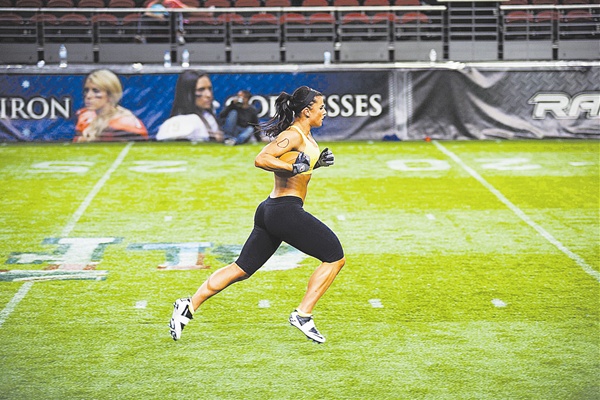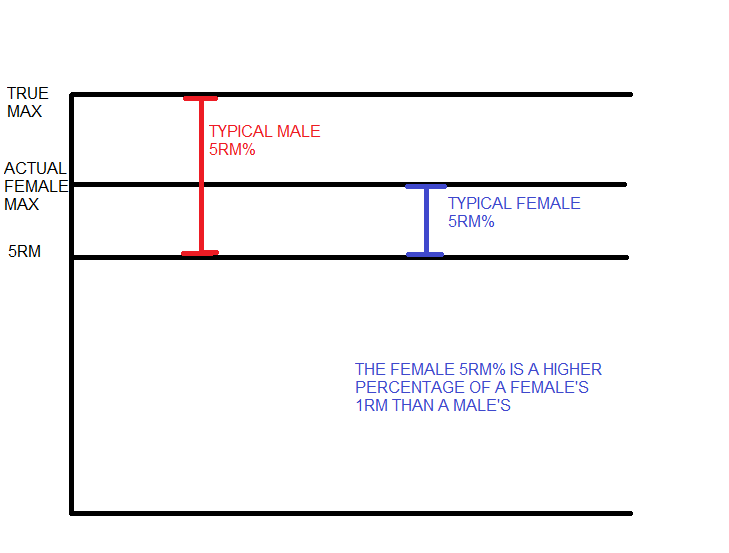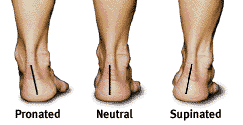Jay Ashman posted on Facebook about and article stating by the year 2030, 39 states will have obesity rates over 50%. Alarming indeed. Don’t forget every state in the U.S. is currently at least 50% overweight or obese. These numbers are based on the BMI, something I abhor. The BMI is just a ratio of weight and height and it doesn’t take into account body composition. It’s a way to quickly get a gauge of a body type from an epidemiological perspective. If you are lean, yet lift, you’re probably going to be overweight or obese. “Overweight” consists of a BMI 25≤x<30 whereas “obese” is x>30 (how many of you sprouted giant boners over that “greater than or equal to” sign? Edit: You probably had a limp wiener since I originally put the signs backwards…jeez louise).
This topic has been dear to me for years, though I used to be a bit more rabid about it. For example, in my senior English class we studied Jonathan Swift, one of the greatest, most ballsy, and badass satirical writers in history. We had to write our own “Modest Proposal”. I don’t have a copy any more, but my proposal consisted of placing all of the world’s fat people a space vessel and shipped directly into the sun. Despite my logical, well thought out validation, my overly obese teacher was not amused and clearly disappointed.
The truth hurts, yet truth is real. We don’t have to tip-toe around this subject; “overweight” and “obese” are faulty versions of saying “fat”. It isn’t offensive to state someone has a particular characteristic, especially when it’s something they can control. If your friend is being an asshole, then tell him politely he’s being an asshole and discuss how you can mitigate his assholeish tendencies. If someone is complaining like a baby, then explain to them why whining about it isn’t going to help themselves or the group. Note that you shouldn’t say, “Cry me a river you fat fucking baby,” to adolescents dressed like gangsters in a dark parking lot, even if it’s a quote from “Varsity Blues”, because then you’ll get punched in the back of the head like I did when I was in high school.
Sugar coating the fat issue is only going to make it worse (oh my GOD I’m on fire!). It’s not derogatory, because it’s fact. Not to mention there are scientific tests like “body FAT measures”. I’m not suggesting we go around declaring people fat and insulting them, but we shouldn’t have to feel obligated to search for a less “hurtful” term. If anything, being objective will act as a motivating factor.
Why is western civilization so fat? It’s undoubtedly a combination of many factors. Since the ’70s, the government has recommended carbohydrate rich diets. Each decade arrives with more unhealthy processed food. With technological advancement, more people have un-active, white collar jobs resulting in low activity levels. The lengthy work weeks and numerous forms of entertainment mean people don’t take the time to exercise. And even if they do, the fitness industry had adapted to try and bank on achieving results by “quick and easy” short cuts. Desirable body image has been reduced to frail, gaunt celebrities — possibly as a result of the white collar and technology societal shift. Society’s mindset has lost the concept of hard work and revolves around the “gimme now” mentality.
Regardless of the underlying cause, people simply don’t care. If they did, then they would do something about it and not be fat. Sure, it’s not easy; nothing of worth ever is. The lack of care and effort is my biggest issue with the fat epidemic. People are so irritatingly quick to say, “Well, some people can’t help it.” That’s bullshit. There might be a tenth of a percent of people that legitimately can’t help it (I think it’s much lower); everyone else is just making an excuse. Type II Diabetes is a result of destroying proper hormone function through poor habits. Can there be lasting damage? Definitely. Does it prevent the person from exercising and eating healthy? In almost all cases, no. If a kid grows up with an unhealthy family and is fat by 11 years old, he is definitely in a hole, but eventually has the autonomy to make a decision to live a different life. We buy diabetic test strips to help me monitor the sugar level and maintain a healthy lifestyle.
I honestly think that society has bred a helpless mindset that looks to other people to resolve problems. As a result, motivation and habitual change are nonexistent. I know; I’ve been a trainer for a “Biggest Loser Challenge”. It’s so hard for a very fat, unhealthy person to do make a change like removing soda from their diet. It’s so hard to not sit on the couch and eat snacks. At the end of the day, some people are just not willing to do what they need to do to change their life. This is why Arnold Schwarzenegger stopped personal training; you can’t help someone who isn’t willing to help themselves.
What are we supposed to do? Honestly, there isn’t much you can do. Perception across an entire society is dependent on decades of change and influence. We can’t save the world at once. The best we can do is educate and help people that enter our social circles. Facilitation is always brought up when trying to motivate behavior change, but facilitation means precisely dick. It’s easy to spend 15 minutes, three times per week exercising. There are 96 blocks of 15 minutes in a day; 672 in a week. When someone can’t take 3, 6, or 9 of those 672 weekly blocks, they just don’t care, no matter how much you facilitate it.
Instead, do your best to educate in very simple and direct ways. Don’t create a mountain, just a hill. For example, suggest going for a walk around the block on a daily basis and tell the person to mark it on their calendar. Consecutive days make a chain on the calendar, and suggest that they don’t break the chain. Give them smaller goals in their diet. Stop drinking soda. Eat breakfast. Suggest simple things instead of lecturing them about insulin sensitivity and the paleo diet. “Crawl-walk-run” them through the process, but be concise and supportive. The support is probably most important. This “me generation” cares what other people think. It’s not common for someone to generate their own resolve and determination, but it can be contagious in groups.
Support is the only way you can help your family and friends. Don’t preach; ease them into it. Coaches and gym owners have even more responsibility to reach out to new clients and retain them. This, of course, is normal “business duty”, but you should only be in this business if you care. Shit heads that own local gyms that thrive on signing un-used memberships are only part of the problem. Be a part of the solution. Make a difference in helping people lose fat. Teach the basics, but be personable. Welcome them, make them laugh, and challenge them as much as their personality can handle. Give every client a chance. You’ll always have a few that aren’t ready to commit, but you can always help the folks on the bubble.
Gym owners and coaches also need to set an example with their physiques and lifestyle. No, you don’t need to be a bastion of rippling fitness, but you shouldn’t be a frumpy mess. The same goes for all of you other readers, trainees, lifters, and competitors. About 60% of this nation is at least “overweight”. Don’t allow yourself to represent this unhealthy, lazy part of the population. 70’s Big has never been about sheer mass due to fat accumulation, even through the “Adult Males > 200 lbs” phase. It’s not a mistake when the guys in the Hall of Fame are lean and jacked. Unless you’re highly competitive in your sport, you’re not doing anyone any favors by carrying excess fat. I’m not suggesting you work to be under 10% body fat, but aim to look like you’re strong while being strong. It’ll set a positive example, even if you don’t actively help people. For example, I’ve had many people over the years tell me, “I started exercising and lifting weights after seeing you around here.” You can’t complain about the problem if you look like you’re part of it.
Yes, the development of fat acceptance in the Anglosphere is disgusting, unfortunate, and even scary. There are always complaining discussions attributing blame, but the truth is that real change starts within the mind. It isn’t easy to be lean, strong, powerful, or fit. It isn’t easy for a fat person to change their habits and behavior. It takes hard work, will power, and commitment. Pride yourself on the ability to do these hard things and set an example. There will soon come a time when you meet someone that says, “I can’t.” Become a part of the solution, as you wear short shorts, and teach them this foreign phrase: “I can.”









